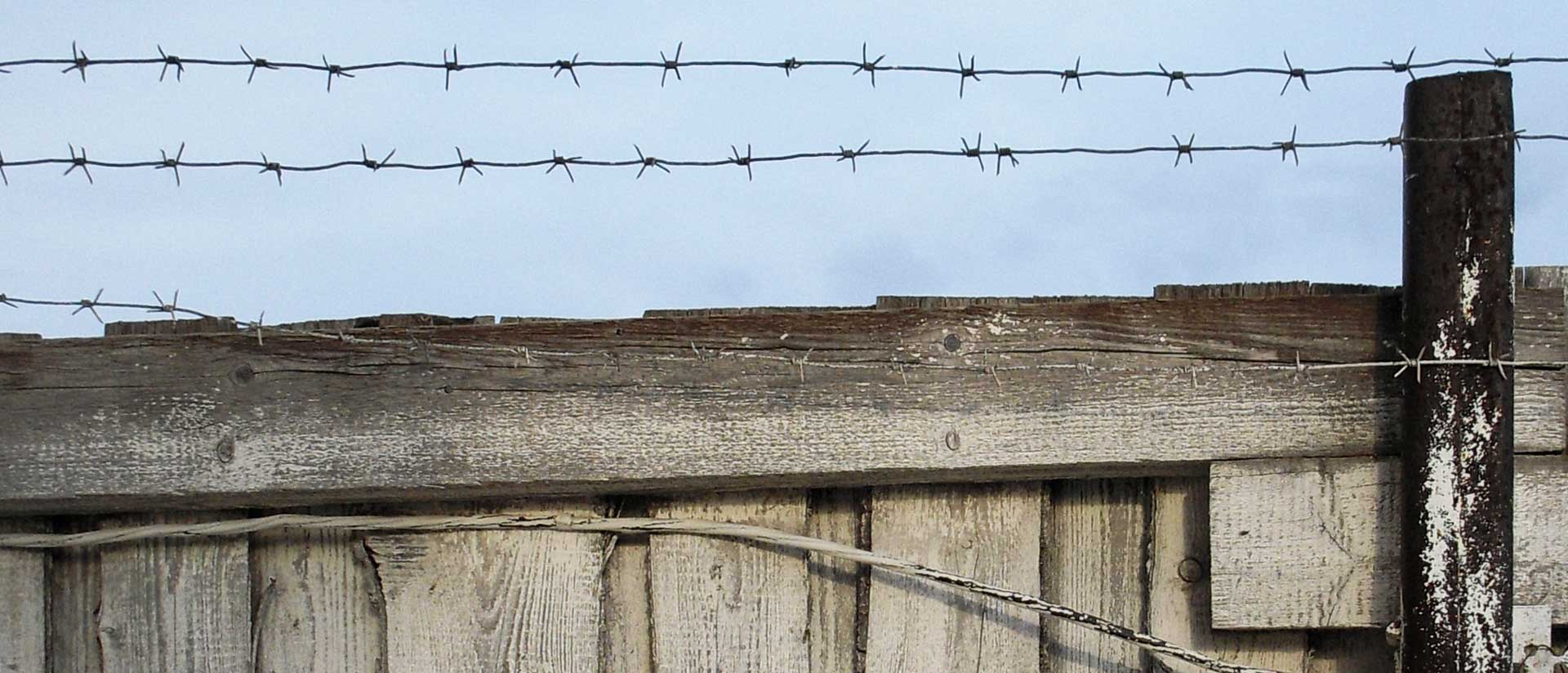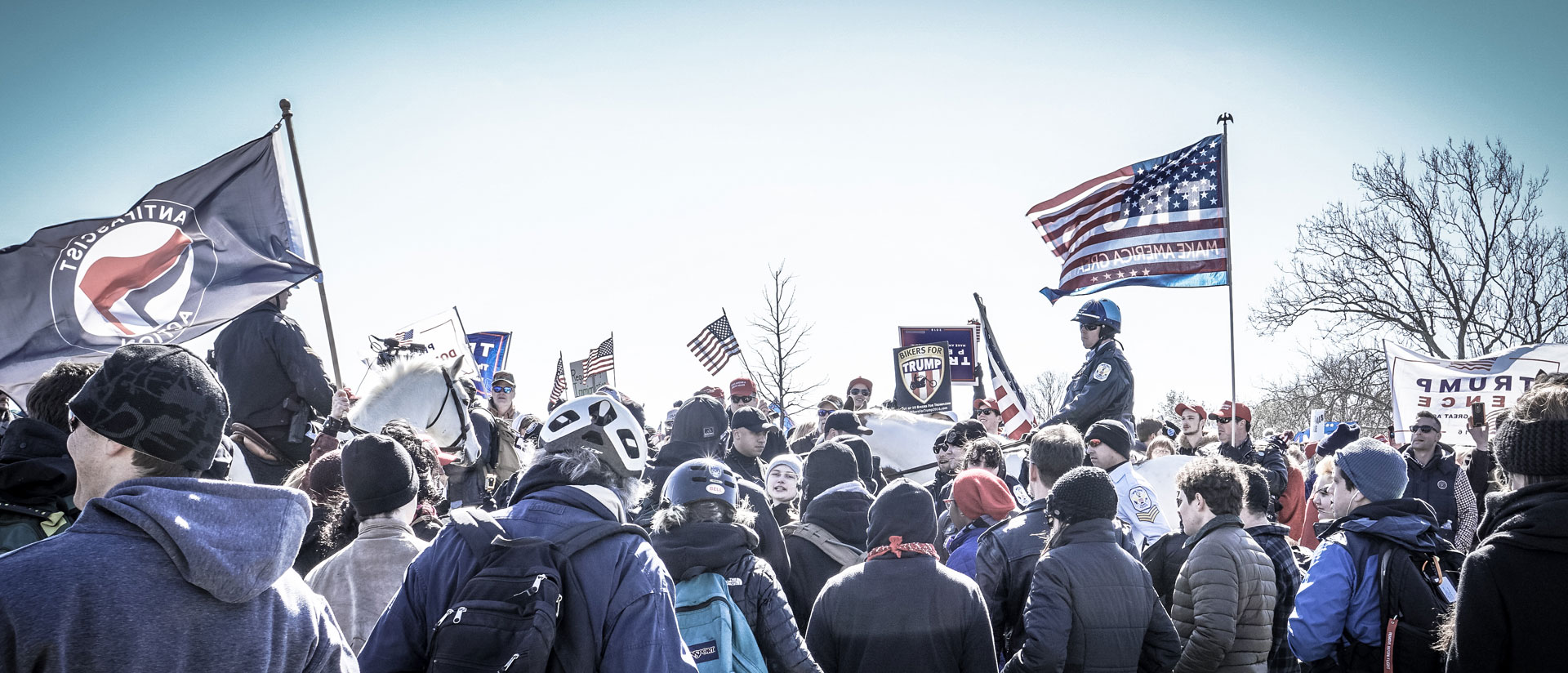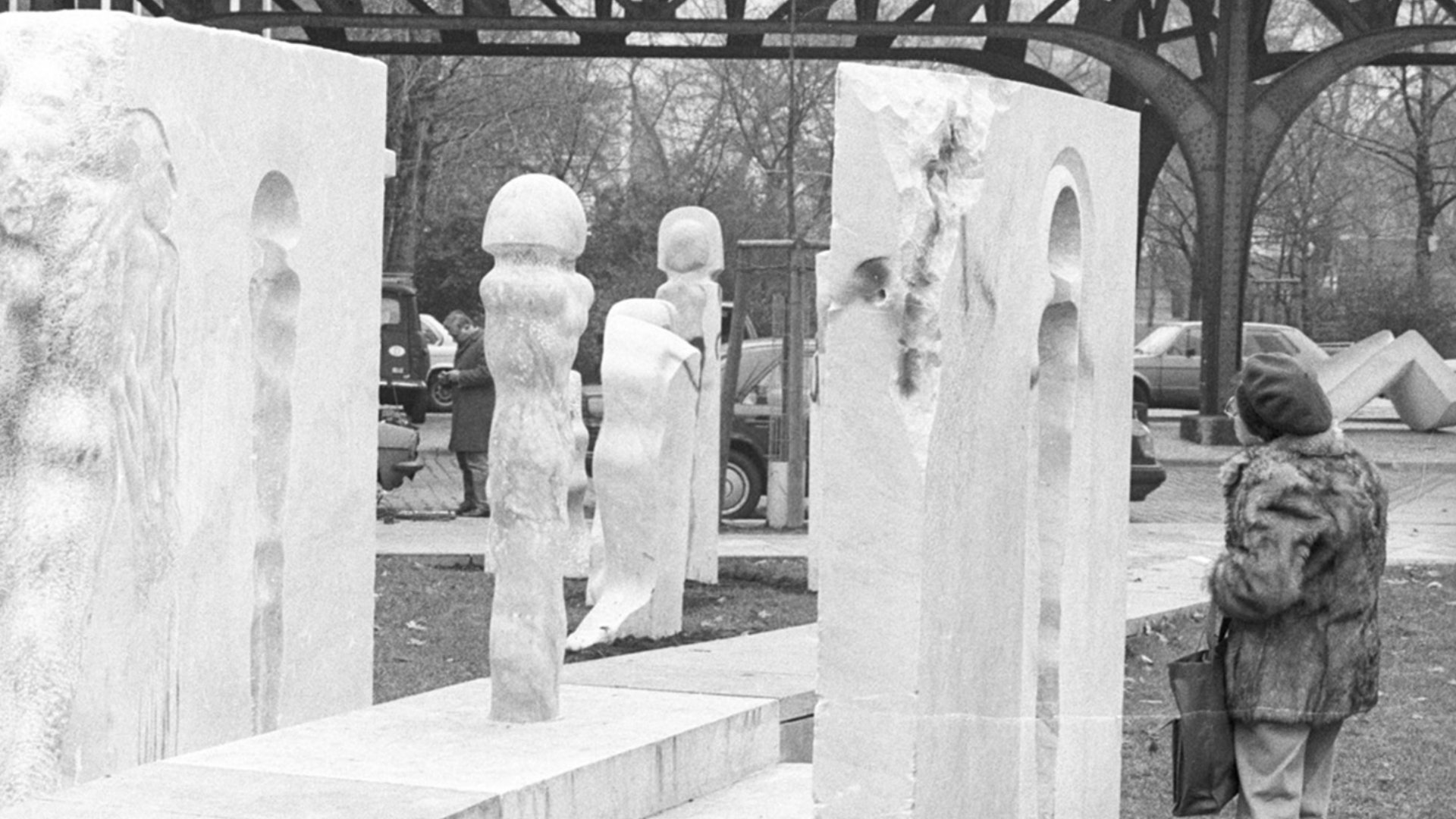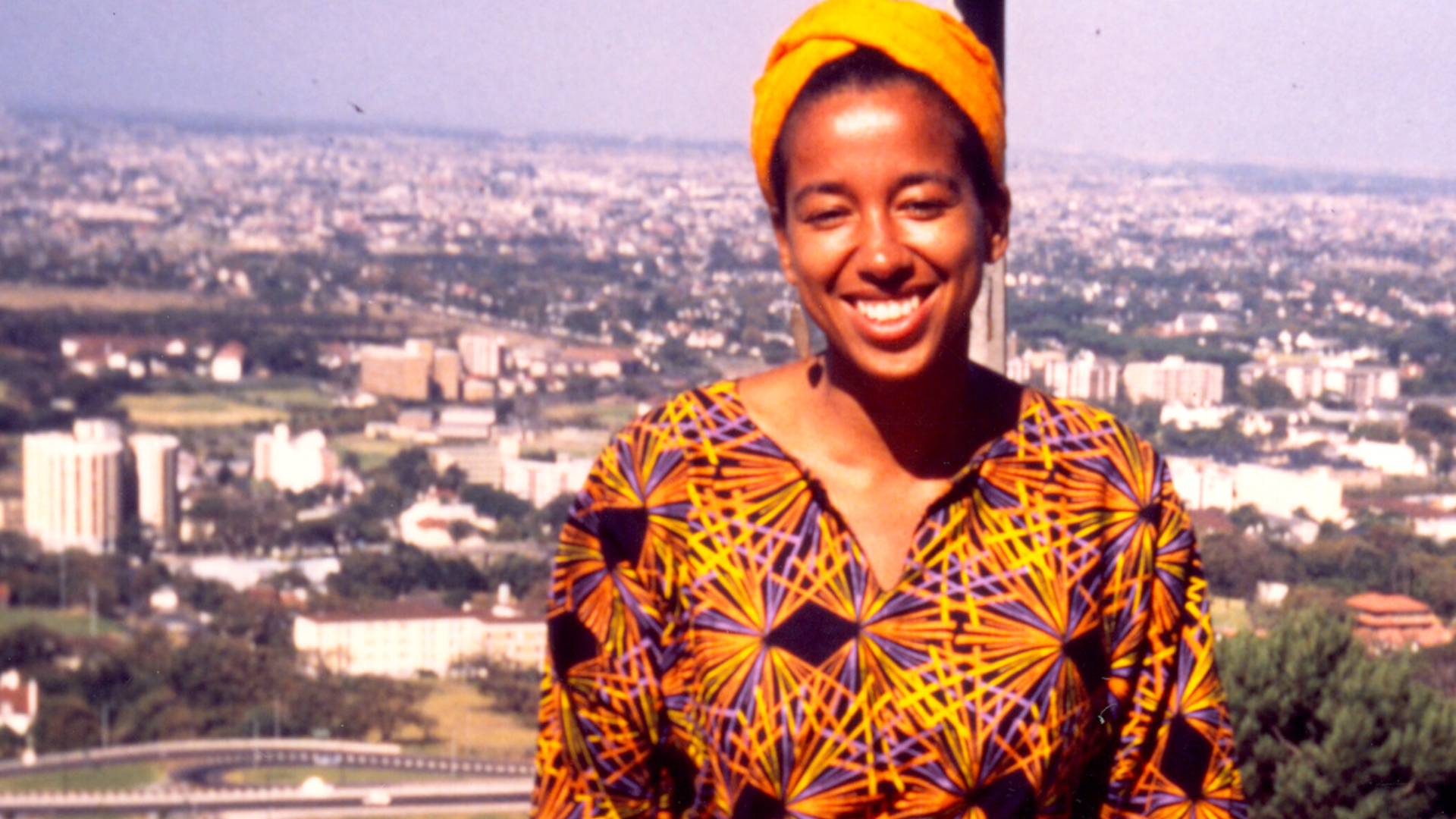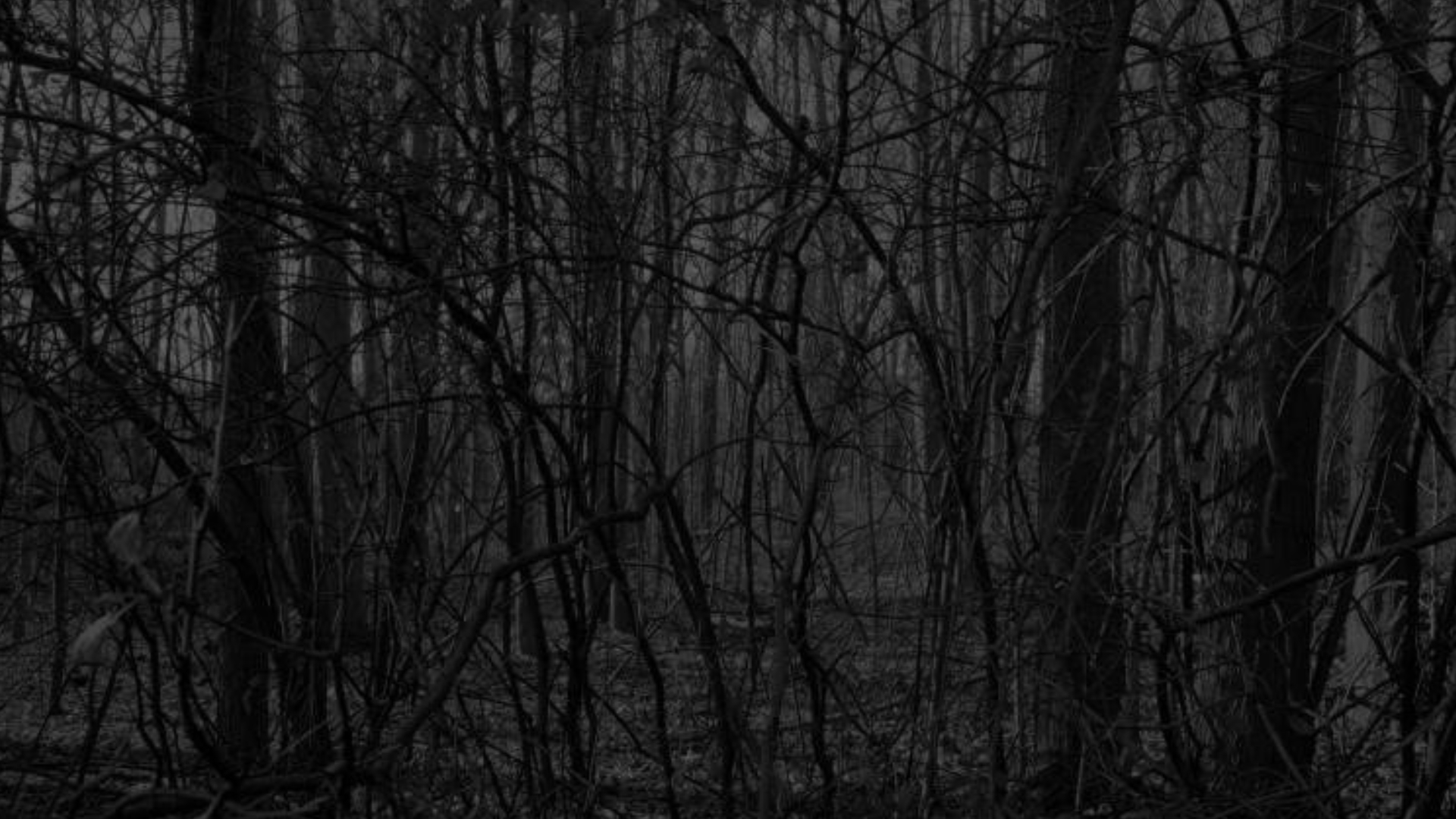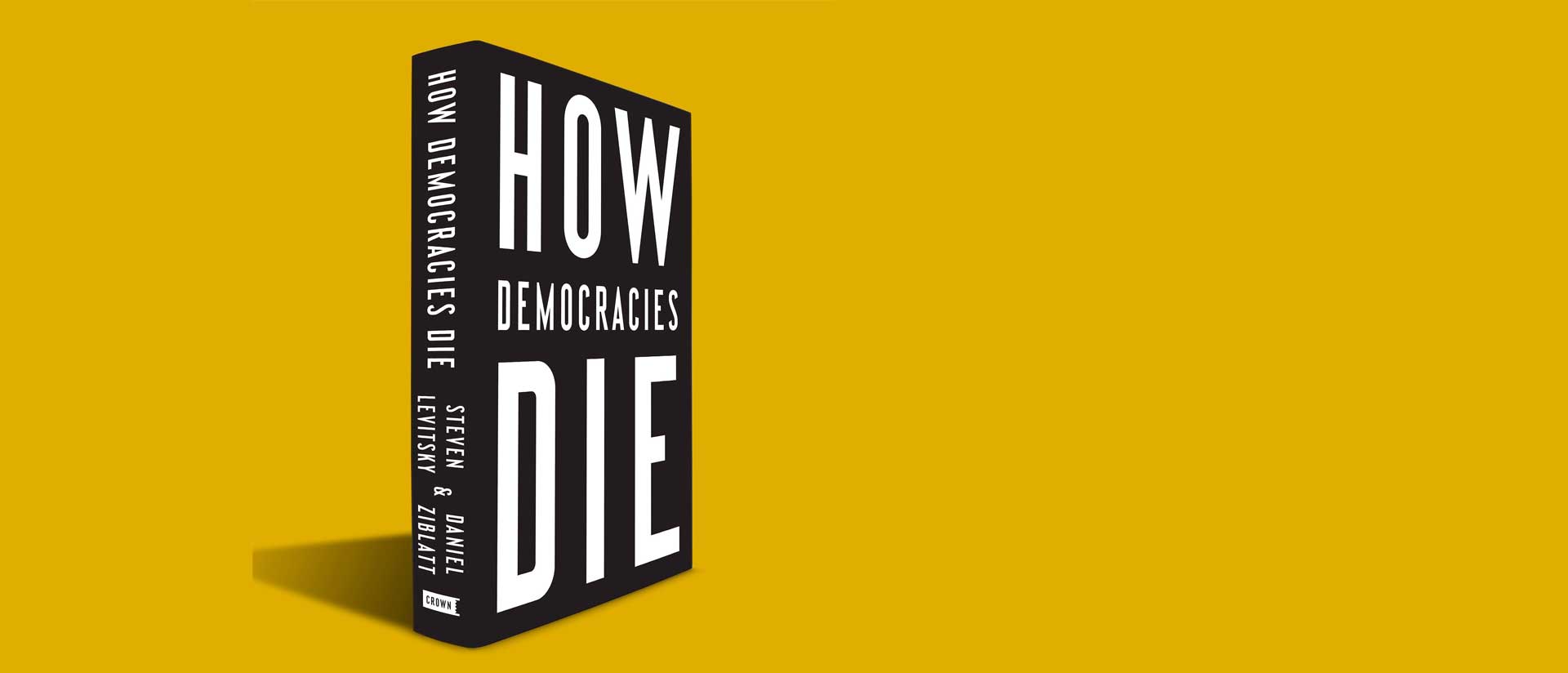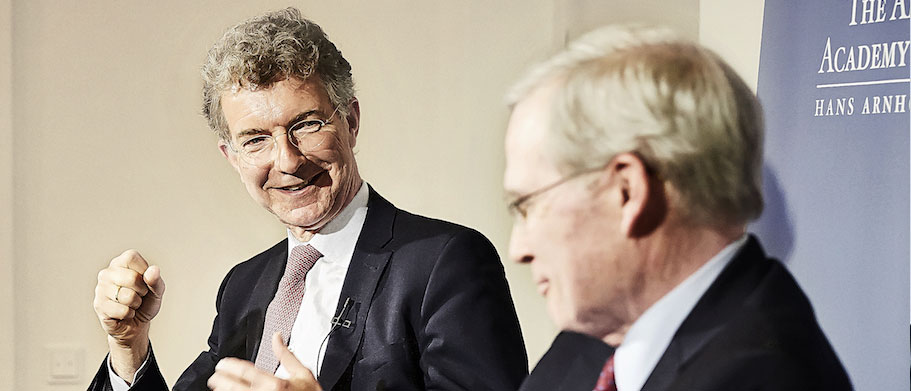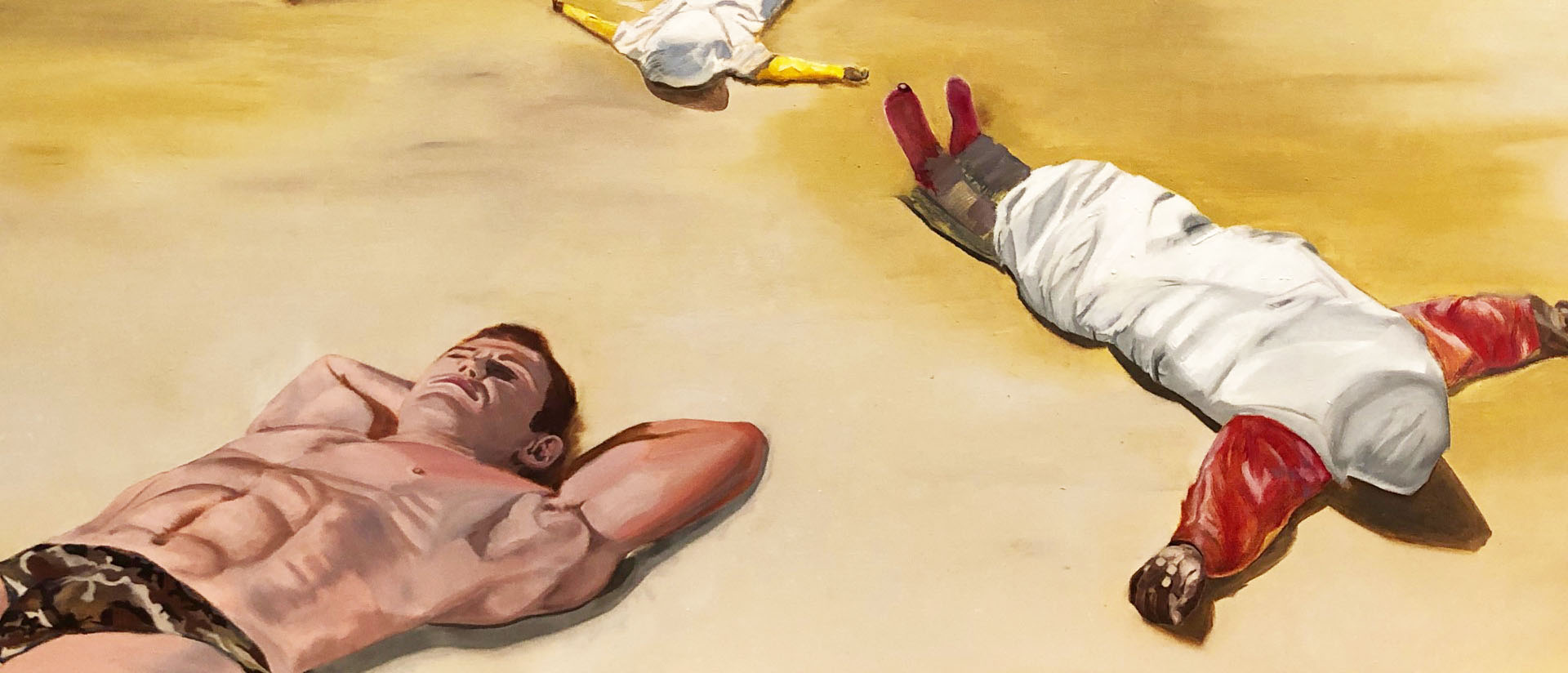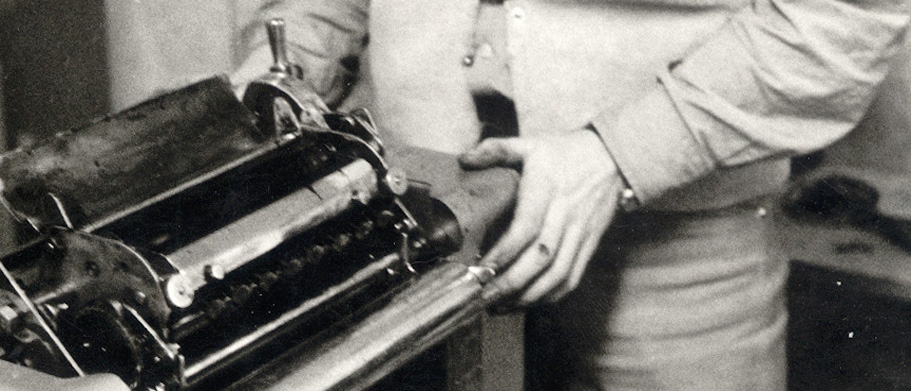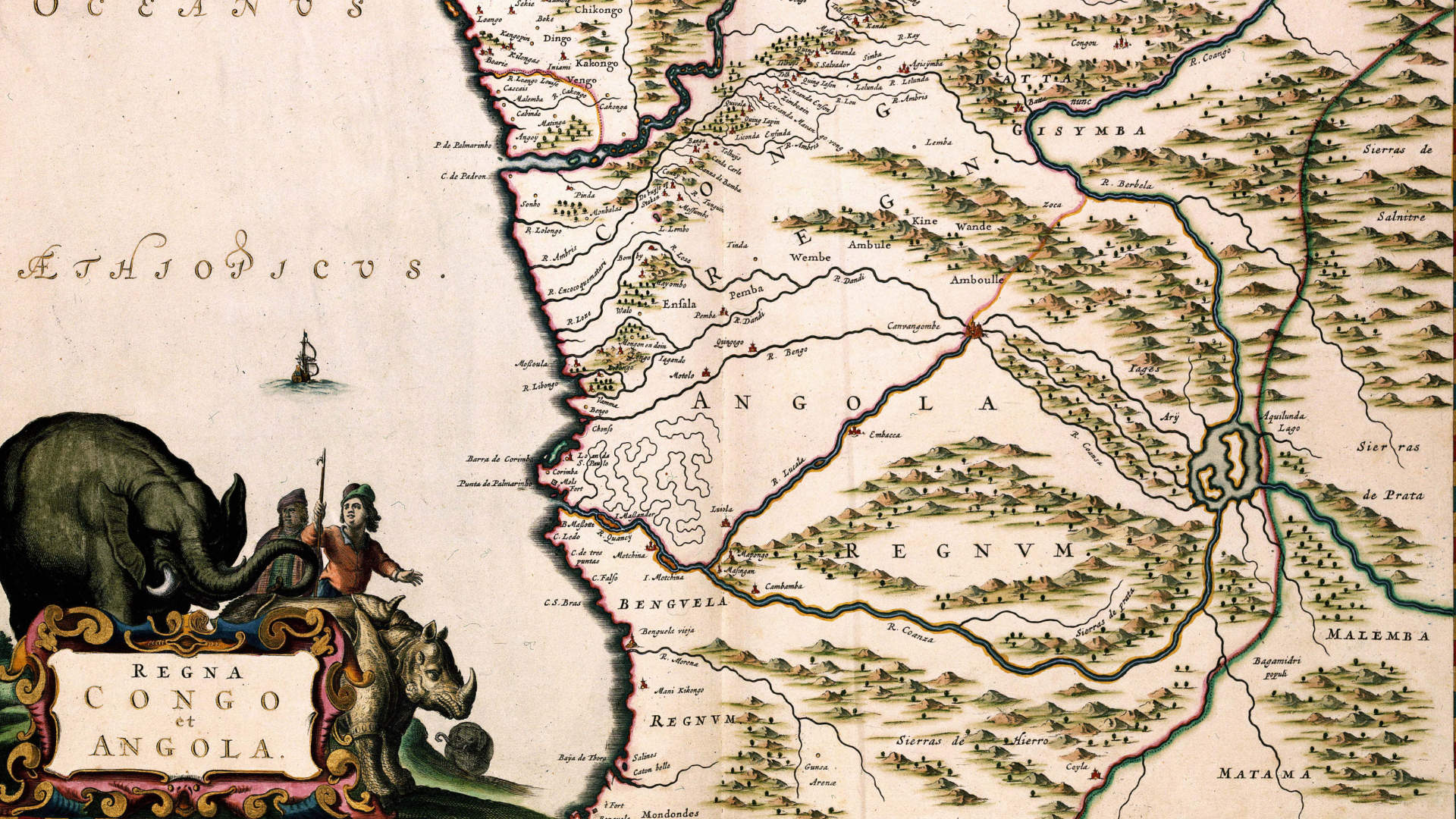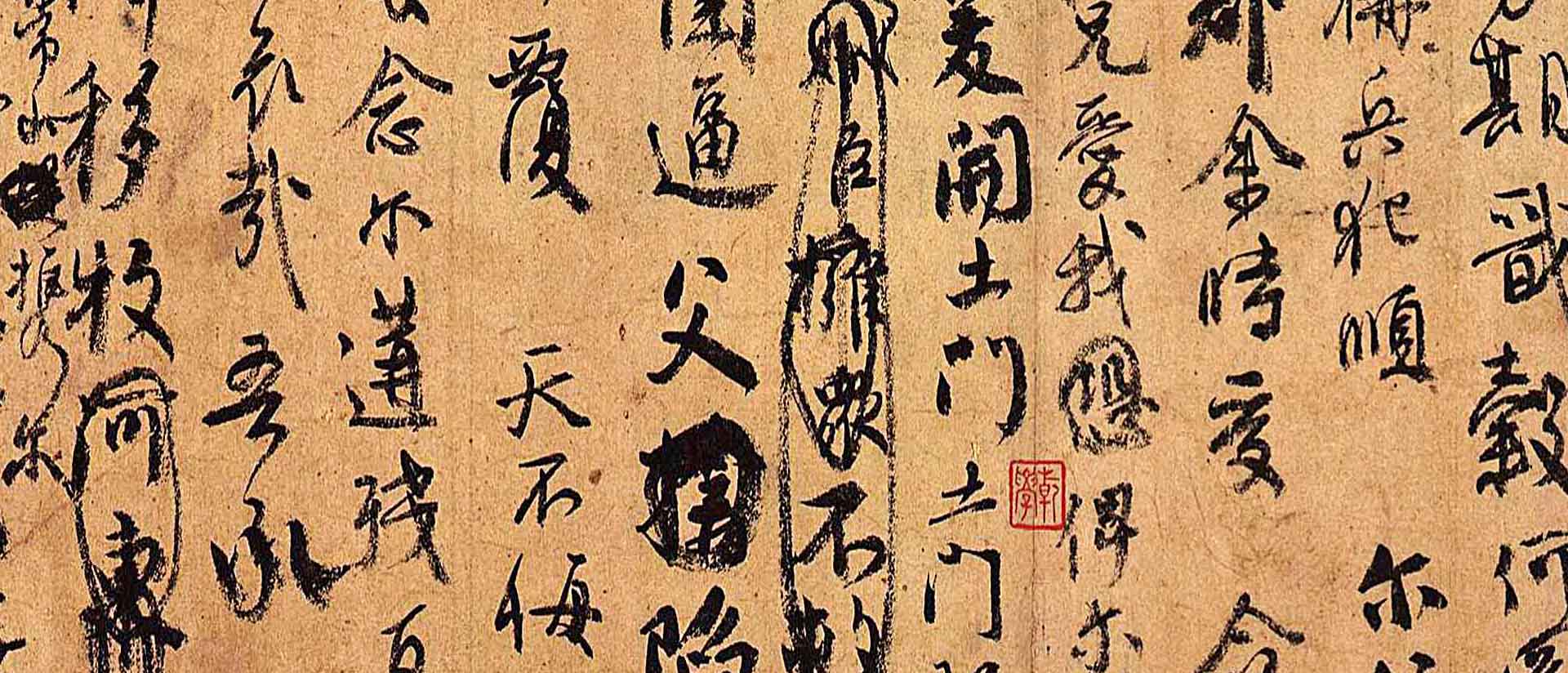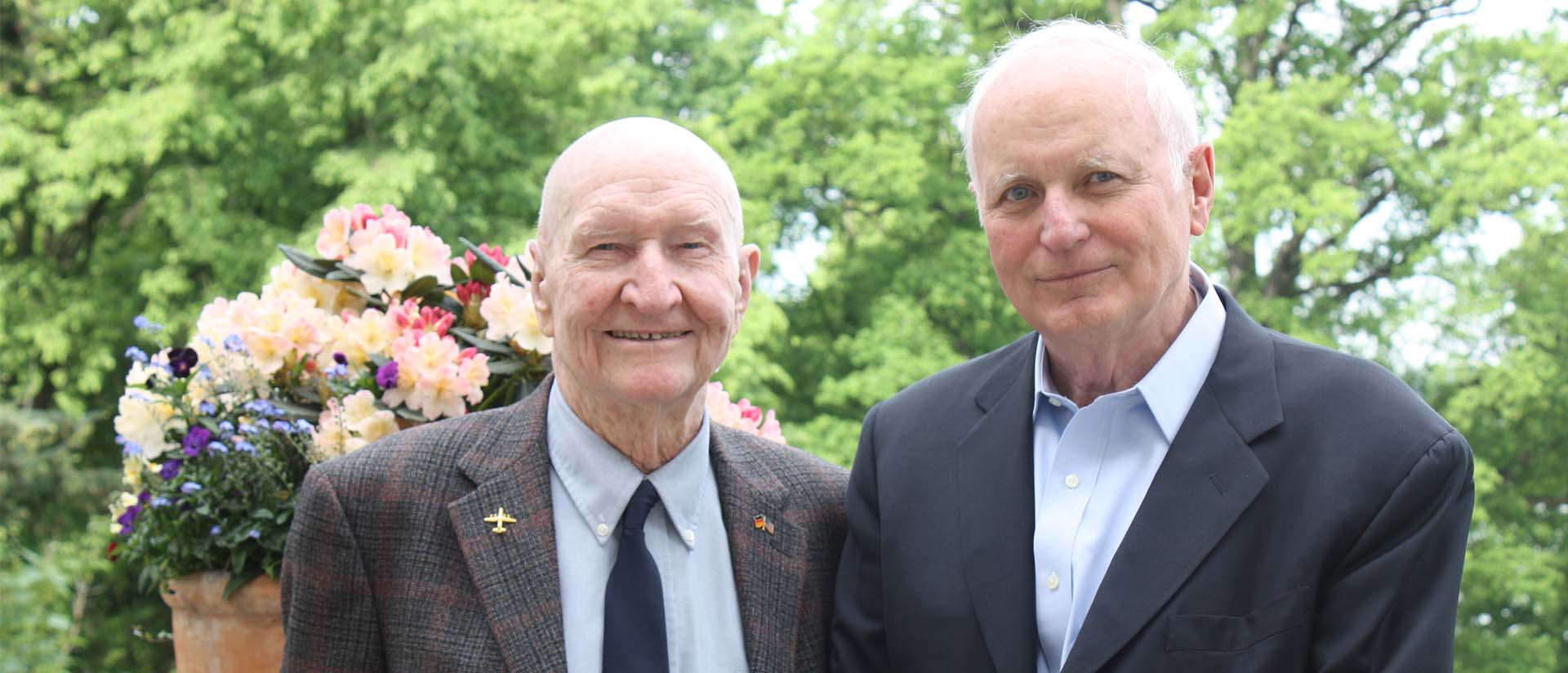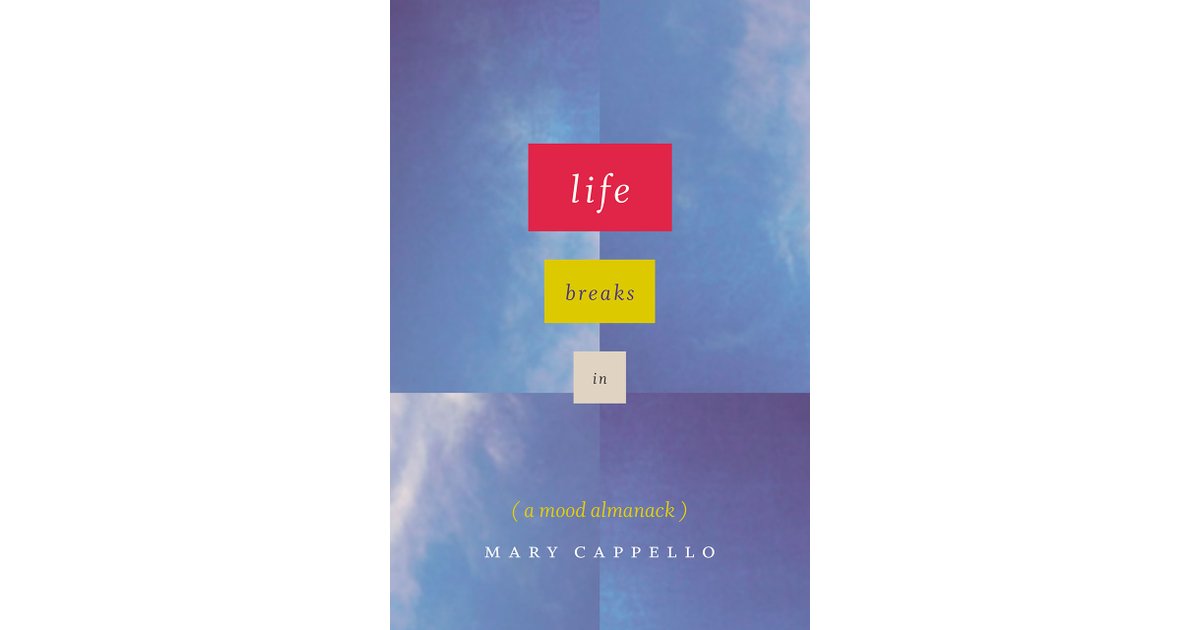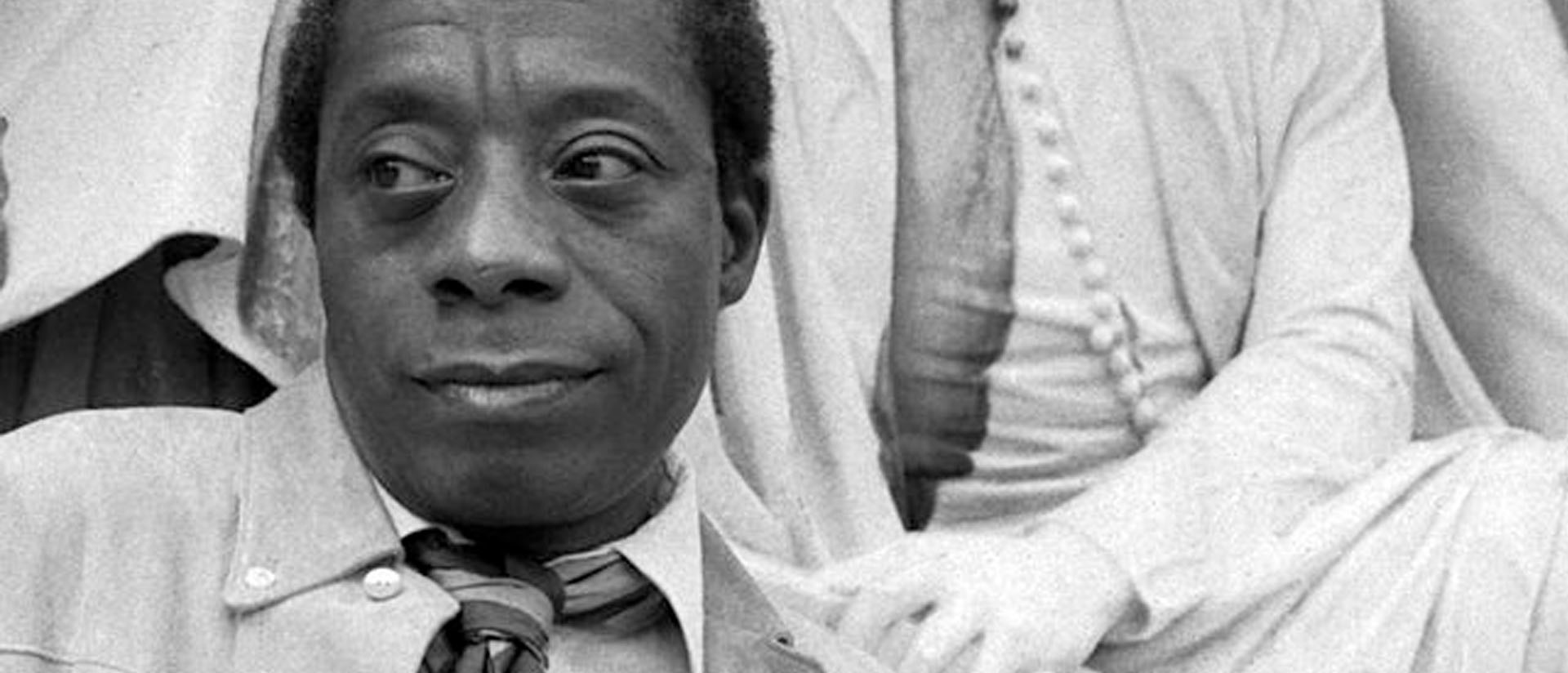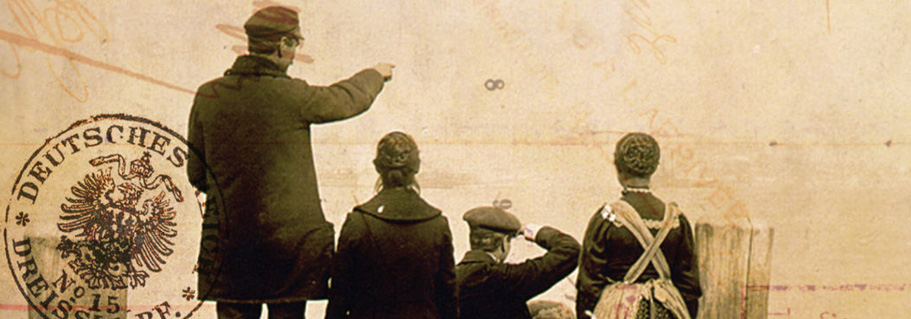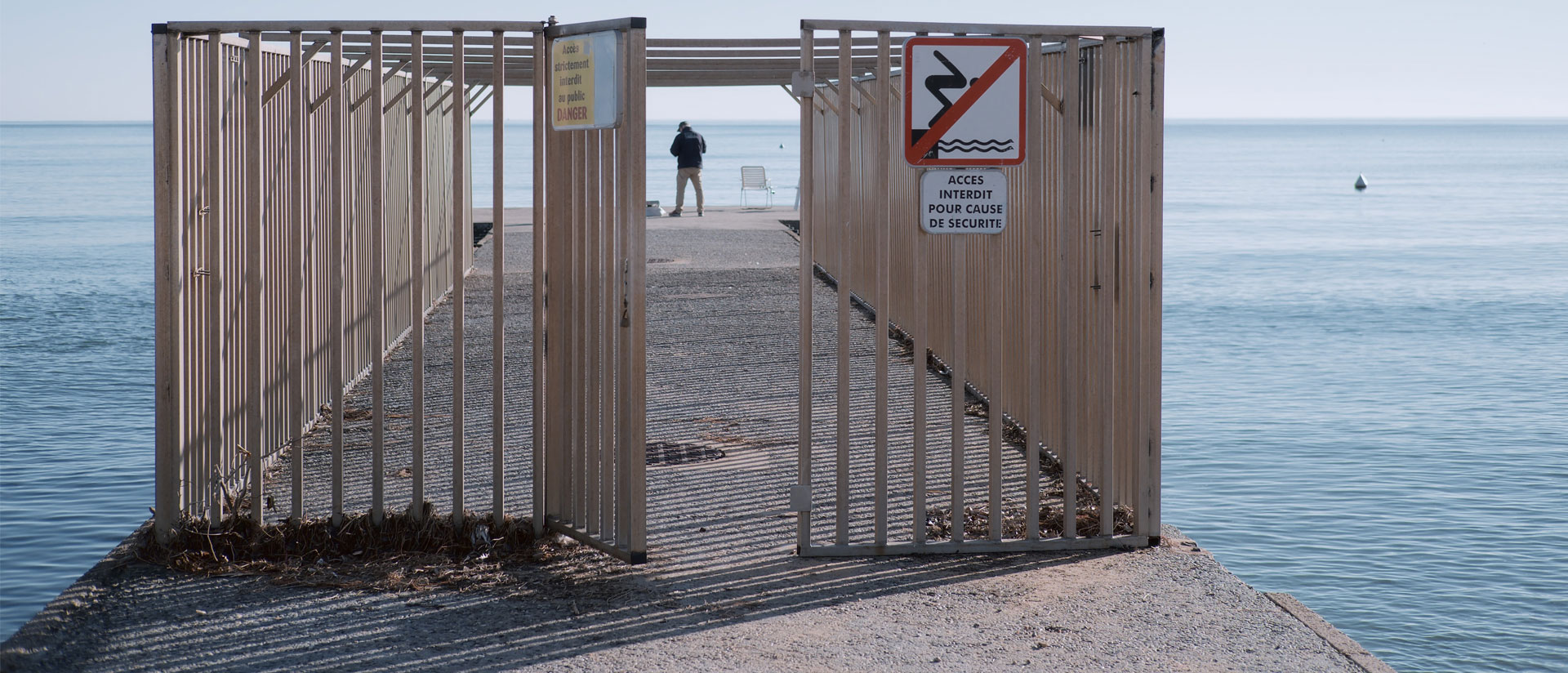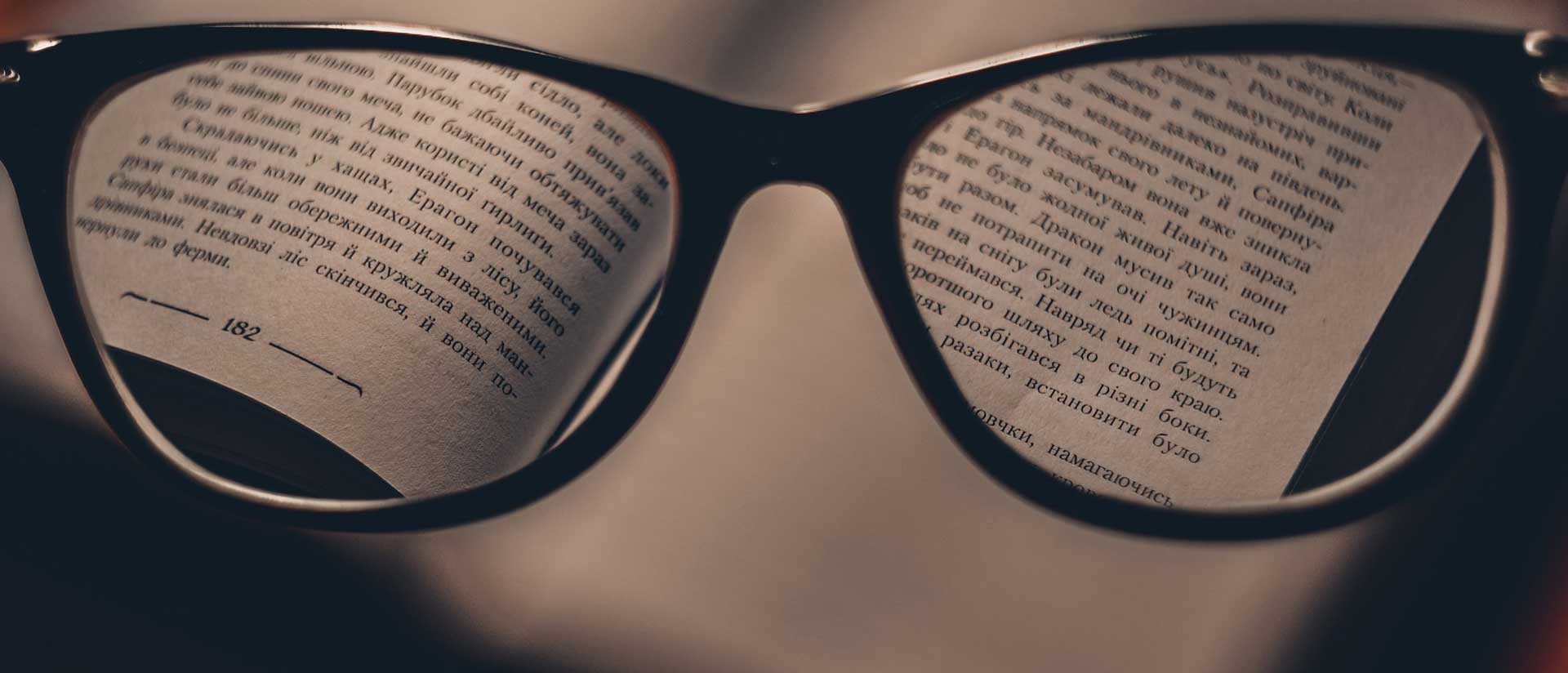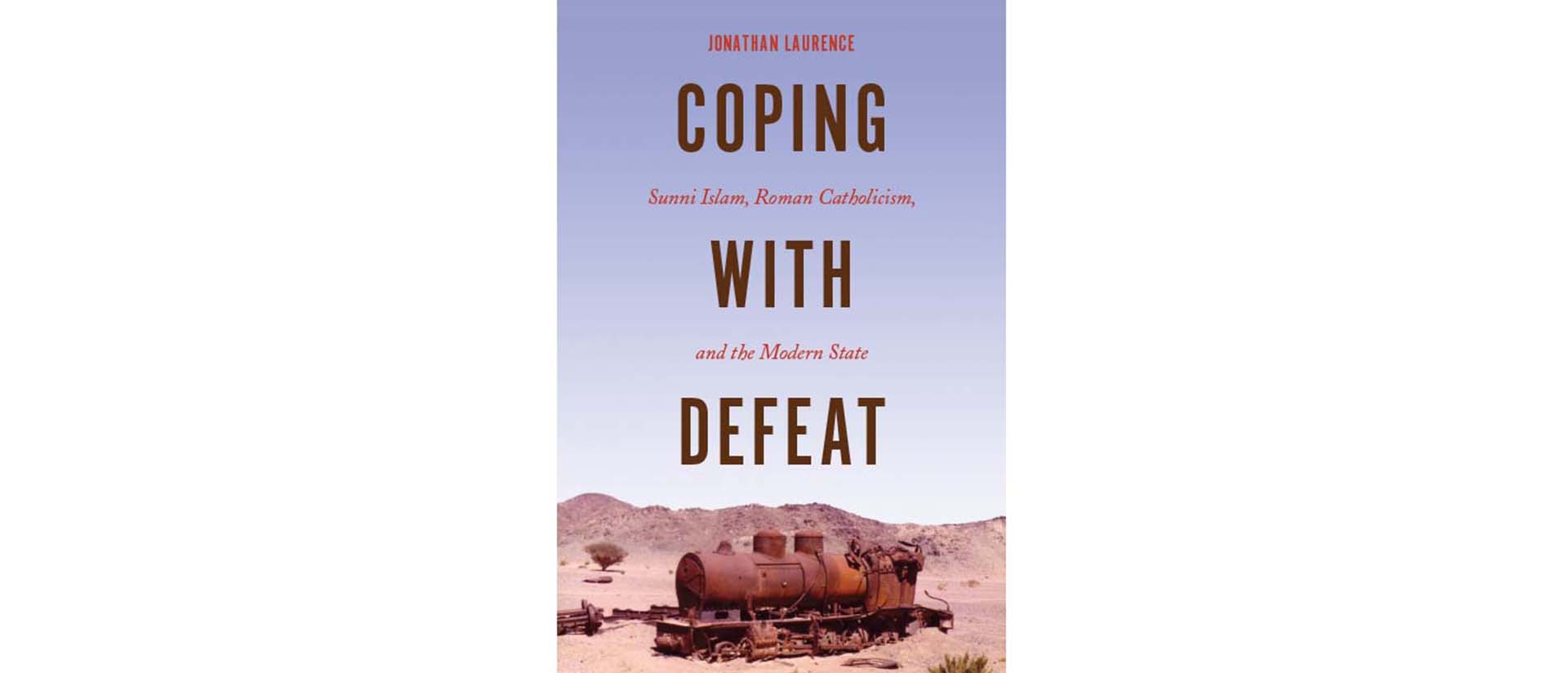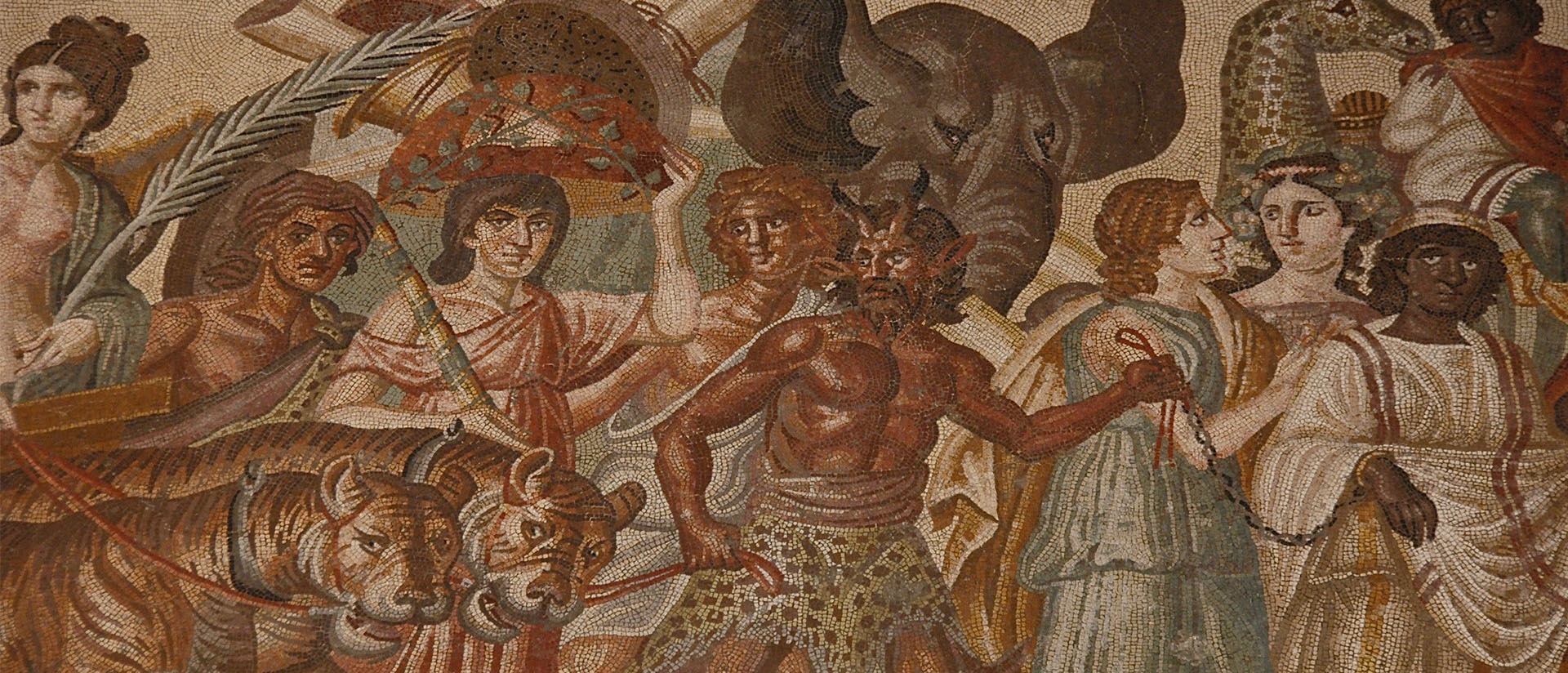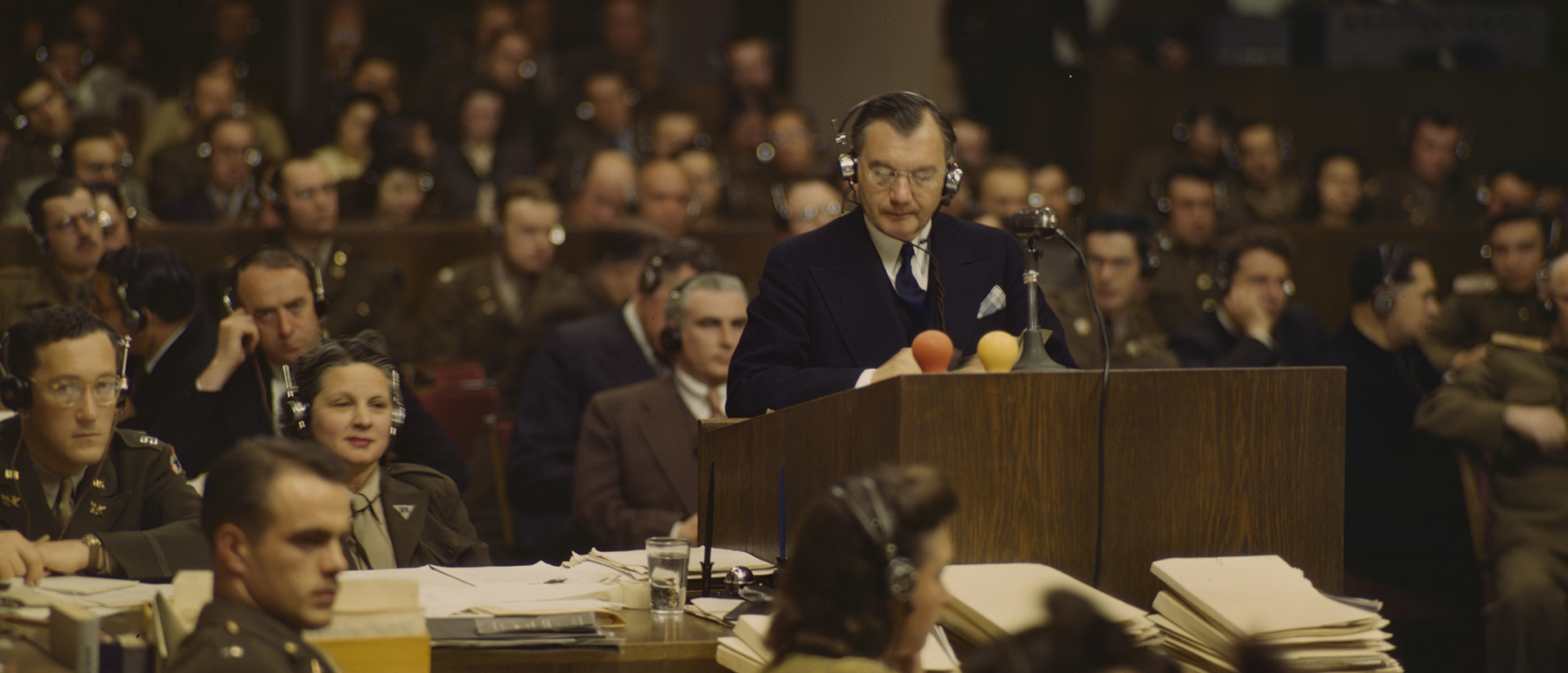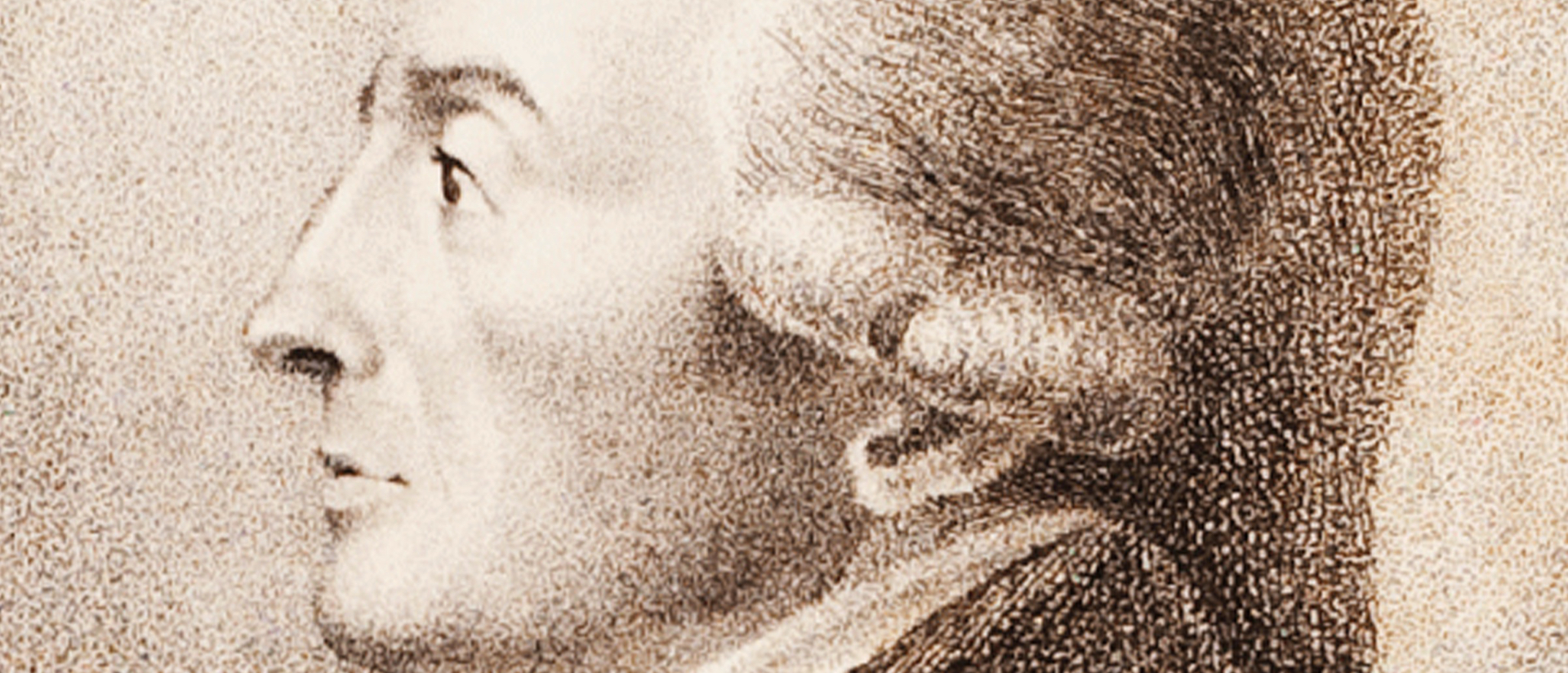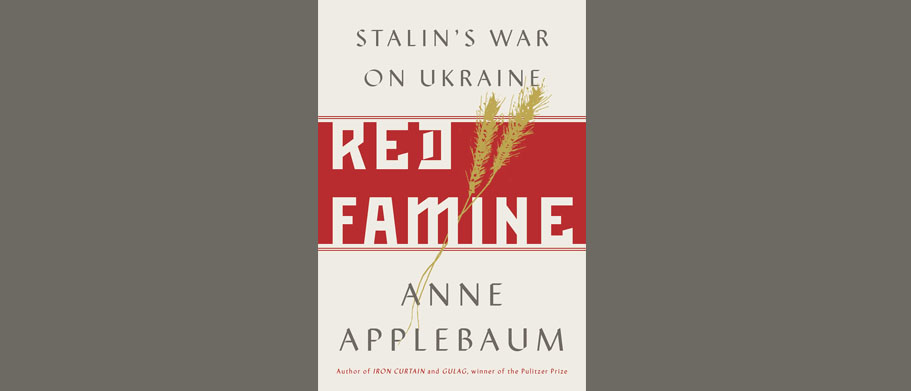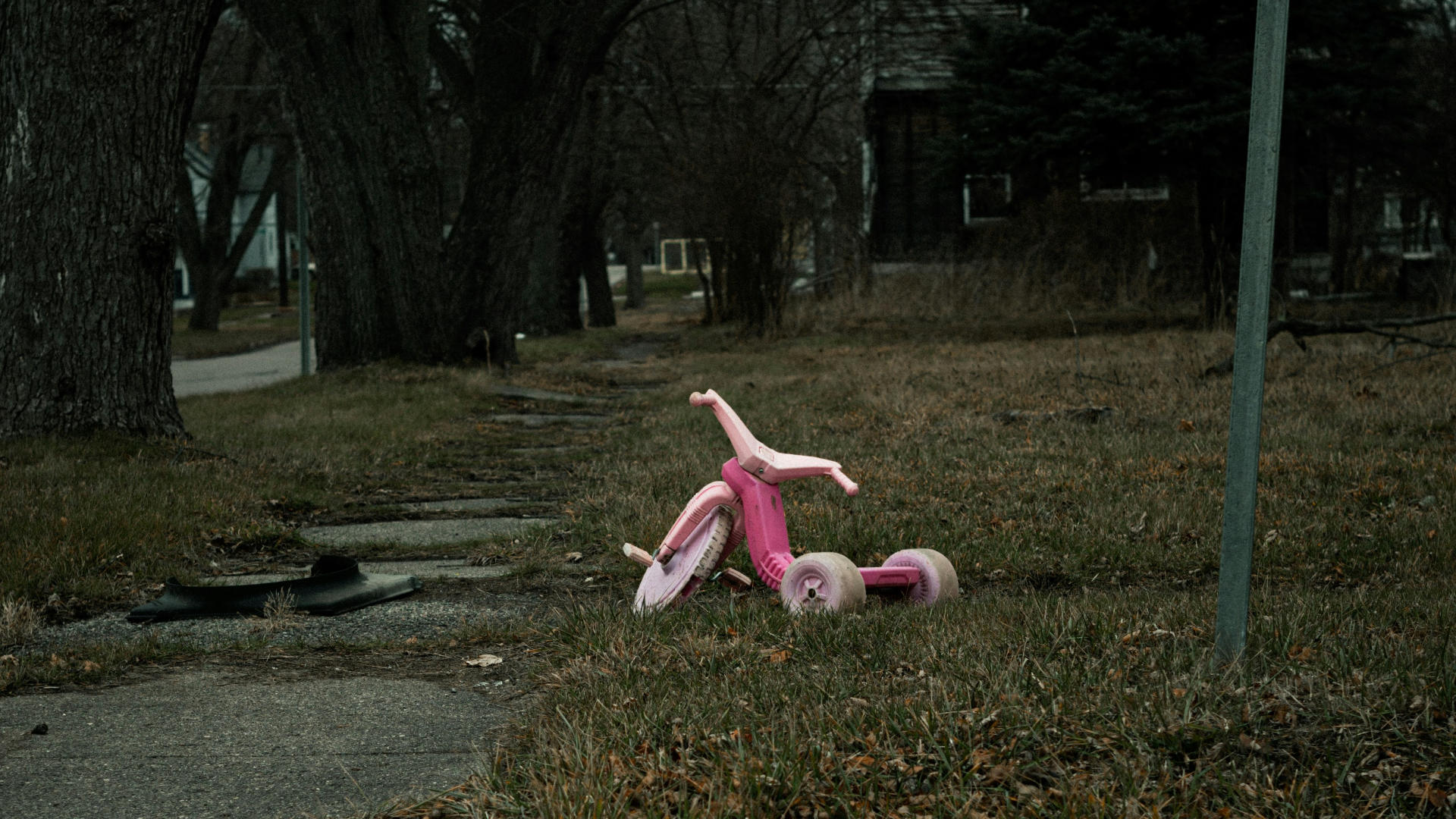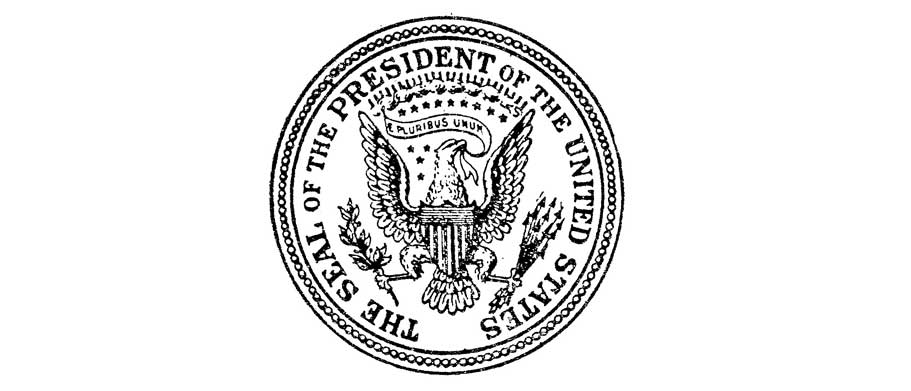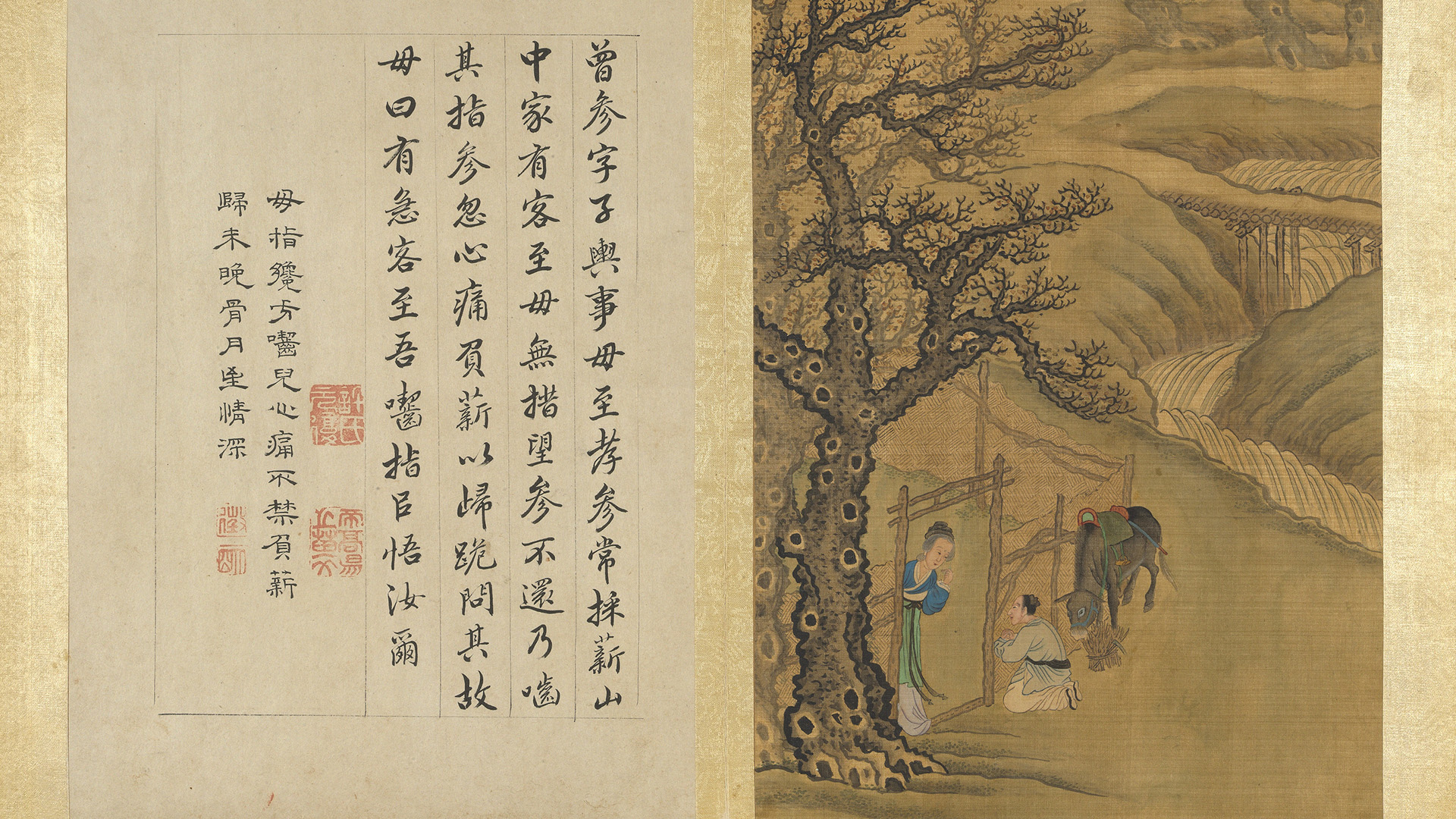
A History of Violence
Pursuing the ghosts of the British Empire
by Erik Linstrum
To write about the history of colonial violence today is to be confronted with a past pressing ever more insistently into the present. When American scholars like myself are charged with dwelling on the dark side of the now-vanished British Empire because of our own uneasiness about the current American Empire, I’m tempted to respond: “Of course.” Every historian is the product of their own time and place, influences better acknowledged than repressed in an illusory quest for detachment. In fact, I would not be pursuing the questions I am now if it were not for a series of grim milestones over the past two decades: prolonged wars in Afghanistan and Iraq; torture at Abu Ghraib; kill lists and drone attacks; presidential pardons for war criminals; the militarization of policing; and the persistent, deadly racism that has propelled the rise of Black Lives Matter.
But where critics see only the distorting effects of displacement—a venting of frustration against historical proxies for contemporary villains—I see a productive dialogue between past and present. Cornell University historian Dominic LaCapra memorably invoked another psychoanalytic concept, transference, to describe this process. Historians, he urged, should treat the passage of time “not as simple continuity or discontinuity but as repetition with variation or change.” In this way, the British Empire bears on the American Empire through comparison as well as connection. It is a source of analogies, parallels, and echoes, many of them arising from the shared rhetorical habits of liberal empires that profess to educate and liberate rather than conquer and rule. It is also the starting point of a lineage running directly from one imperial system to another, in the form of technologies and practices including free-trade imperialism, gunboat diplomacy, client states, and counterinsurgency. The 2006 US Army Counterinsurgency Manual, compiled under the direction of General David Petraeus, even cites 1950s British campaigns in Malaya and Cyprus as exemplars for the United States in Afghanistan and Iraq.
History does not unspool in a straight line, in other words, because historical actors are always looking backward as well as forward, ransacking the past for models and precedents. This two-way traffic—akin to what the literary scholar Michael Rothberg once described as “multidirectional memory”—suggests another way for historians to think about the entanglement of the British and American empires: The traumas of the present have a way of reactivating those in the past, bringing neglected truths to light; these events might anger us but also help us to see our history more clearly. It is this kind of “presentism”—no longer, incidentally, the epithet among historians that it once was—which makes colonial violence such an urgent subject now.
History does not unspool in a straight line, in other words, because historical actors are always looking backward as well as forward, ransacking the past for models and precedents.
Did British society respond to the use of torture and other atrocities in its overseas empire after 1945? How did it fail to respond? Historians have offered many explanations for the apparent lack of outrage about colonial violence in this period: feelings of solidarity with
British settlers and soldiers; the demonization of anticolonial insurgents in the press and popular culture; the desensitizing effects of World War II and the Holocaust; and the still-inchoate nature of legal and moral norms against torture. But the most common explanation for British complacency about colonial violence is also the most straightforward: the vast majority of people at the time simply did not know what was happening. The true nature of conflict in the colonies was, in the words of British cultural critic Paul Gilroy, “buried knowledge,” a “hidden, shameful store of imperial horrors,” an “unacknowledged presence.”
Historians have largely agreed with Gilroy’s assessment—and recent events have seemingly proven the point. In 2011, British government officials disclosed that their predecessors had removed thousands of embarrassing files from colonies around the world after imperial rule ended in the 1950s and 1960s, then concealed them for decades at a secret intelligence facility in rural England. Unearthed documents about the counterinsurgency in Kenya turned out to contain evidence of atrocities Britain had long denied, leading to an unprecedented settlement of £19.9 million for the benefit of survivors. At the same time, new details have emerged about the scale of document destruction in the era of decolonization. While officials retreating from empire absconded with some files, they shredded and burned many more. One reason for the extensive attention given to these revelations was that they confirmed longstanding assumptions about a paternalistic penchant for secrecy at the highest levels of the British state. With an elite so committed to governing in the shadows, what could people in Britain possibly have known about the violence carried out in their name?
The sanitization of the archival record is an important story (not least for shedding light on the relationship between methodological empiricism and ideological conservatism in the writing of British imperial history). It is possible, however, to draw the wrong lessons from stories about secret archives and shredded documents. That is, it would be hasty to assume that the state’s grip on the flow of information was ever absolute, to draw a sharp line between knowledge and ignorance—and to conclude, finally, that violence in the colonies never echoed beyond the colonies.
What I have found in my research is just the opposite: that violence drew attention and stirred unease far from the conflict zones where it took place. This violence reverberated along globe-spanning circuits that connected Nyeri and Nairobi, Penang and Kuala Lumpur, and Nicosia and Famagusta with Manchester and Hull, Oxford and Edinburgh, and, of course, London. Many different “circles of knowing,” to borrow sociologist Stanley Cohen’s phrase, traversed the British imperial world, and they responded to reports of atrocity in different ways.
They all contributed to a larger phenomenon: the erosion of secrecy. Left-wing activists collected testimony from victims, printed pamphlets, held meetings and marches, and pressured politicians to take action. Soldiers pasted photographs into albums, penned letters to their parents, and published memoirs and novels about their experiences. Journalists recorded evidence in their notebooks, swapped stories with colleagues, and dropped unsettling details into the copy they filed. Missionaries and aid workers witnessed abuses committed by British forces, and then drew colleagues back home into debates about the moral trade-offs of counterinsurgency. Playwrights, novelists, and screenwriters took audiences inside fictionalized versions of detention camps and interrogation rooms. Sometimes quietly and sometimes not, violence reached beyond the battlefields of empire into the heart of British life.
Many histories of decolonization are still written from the central parts of national archives. But there are traces of colonial violence, it turns out, in county record-offices and regimental libraries scattered across Britain; in the archives of elite institutions from the Church of England, to the BBC, the Times and the Guardian, to the British Red Cross; and there are traces, too, in the questionnaires, diary entries, and survey data collected by social scientists, from Gallup and Mass Observation to studies of the East End of London and the New Town of Stevenage.
Chasing these scraps of evidence—a large part of my work as a historian—can be dispiriting and sometimes macabre. I have read letters from soldiers outraged and appalled by the beatings they witnessed. I have also read letters that mentioned far worse acts of violence in the most casual ways imaginable, with a shrug, a racial slur, or a joke. I have seen the color-coded charts regiments used to track “kill competitions” between units. (The highest body counts won bragging rights.) Most disturbing of all are the photo albums. Interspersed with snaps of parties and landscapes, soldiers pasted images of corpses: the bodies of insurgents killed after weeks of pursuit in jungles or forests. Some of these images even show soldiers posing with the severed heads of their enemies: ghoulish mementos that now sit in record offices and regimental museums and, it is safe to assume, many more closets and attics across Britain.
To examine this evidence is to question the conventional characterization of Britain after 1945 as a “postwar” society. For Britain, as for other colonial powers, 1945 did not inaugurate an era of peace so much as a different kind of warfare: geographically diffuse, morally ambiguous, impervious to neat endings or declarations of victory. What the novelist Graham Greene wrote from Malaya in 1950 could stand as an epitaph for Britain’s age of colonial emergencies: “The war was like a mist; it pervaded everything; it sapped the spirits; it wouldn’t clear.”
For Britain, as for other colonial powers, 1945 did not inaugurate an era of peace so much as a different kind of warfare: geographically diffuse, morally ambiguous, impervious to neat endings or declarations of victory.
Why should these so-called “dirty wars” have posed any problems for Britain at the time? After all, the particular forms of colonial violence employed in the 1950s were hardly new. On the contrary, they had featured in the repertoire of British rule for decades, if not centuries. Nor was colonial violence in earlier periods entirely unknown or entirely uncontroversial. I would point to a few factors, though, which did create a new atmosphere around colonial violence after World War II.
First is the legacy of the war itself. This was not a simple matter of lessons learned about the horrors of state violence: the human rights regime that emerged from the war was designed in large part to perpetuate empire rather than constrain it, and a transnational human rights movement in the contemporary sense was—arguably—still years in the future. But the belief that Britain had fought a good war, in moral terms, against Germany, did complicate responses to counterinsurgency. Uncomfortable parallels, particularly in the use of torture, collective punishment, and detention camps, prompted critics of colonial war to decry what they called “Gestapo tactics” and “totalitarian methods.” Apologists for colonial war, for their part, insisted on euphemisms like “rough handling” instead of “torture”: not only to minimize the extent of the brutality involved but to suggest a kind of incidental, garden-variety callousness rather than the ideologically motivated violence of Nazism.
Second, the colonial wars of the 1950s were fought in significant measure by conscripts rather than career soldiers. Setting aside the exceptional circumstances of the two world wars, this kind of mass conscription was unprecedented in British history. Between 1948 and 1963, every British man between the ages of 17 and 21 was liable to be conscripted. Tens of thousands of them did, in fact, serve in colonial conflicts. Because the pool of potential colonial warriors—to say nothing of their parents, siblings, friends, and lovers—was so large, colonial war represented a looming, inescapable presence in everyday life. With conscripts circulating in and out of conflict zones, letters, photographs, and other forms of evidence reached far beyond the world of professional fighting men. Some demobilized soldiers, radicalized by the brutality of the fighting, penned explicit, sometimes gruesome memoirs and novels to justify the violence in which they participated. Others, appalled by the tactics they observed, turned to left-wing activism when they returned home. Though only a small proportion of men called up for service ultimately registered as conscientious objectors, their protests, too, revealed creeping unease with the morality of keeping an empire by force.
Third, the colonial wars of the 1950s fueled new kinds of politics: antagonistic, sensationalistic, emotive. Because a broad swath of consensus among party leaders tended to dampen controversy where empire was concerned, the most impassioned debates were waged at the extremes. On the far Left, a welter of activist groups—including newcomers like the Movement for Colonial Freedom—publicized disturbing narratives of atrocity from the front lines of counterinsurgency. At a moment when contemporary ideas about human rights were just taking shape, they employed first-person testimony, drawings and photographs, public marches, and letter-writing campaigns to convey the suffering of distant colonial subjects.
Styles of advocacy typically associated with the antiwar and anti-nuclear campaigns of the 1960s were in many ways pioneered by the anti-colonial movement of the 1950s. By the same token, leading figures of the New Left, including Stuart Hall and E.P. Thompson, cut their teeth on criticism of the wars in Egypt, Cyprus, and Kenya. On the far Right, meanwhile, a resurgent fascist movement exploited enthusiasm for racial conflict overseas and—by the end of the decade—resentment about supposedly ignominious retreats from empire. The groups that led directly to the formation of the anti-immigrant National Front in the late 1960s, including the League of Empire Loyalists and the National Labour Party, drew maximum attention to their cause in the 1950s by staging provocative rallies, provoking brawls with anti-colonial campaigners, and running candidates for public office who blended imperialism, racism, xenophobia, and revanchist militarism.
And fourth, the age of colonial emergency was also a golden age of communications. Old-fashioned information channels between Britain and its colonies, always dense, transmitted huge volumes of information about colonial war: letters from soldiers and settlers, reports from missionaries and aid workers, stories from journalists and travelers. But the vividness, the immediacy, which ushered colonial war into British homes was also a product of media: newspapers, which were never more widely read than in the 1950s; illustrated weeklies such as Picture Post; radio, which is to say, the BBC; and, of course, the new medium of television. In print and on the airwaves, the coverage of colonial war was less uniformly jingoistic than one might assume; troubling questions about the use of force against civilians and suspects lingered in word and in image. On television, it was not just news programs like Panorama that turned a skeptical lens on colonial war, but also a new, edgy generation of on-screen dramas about cracked-up interrogators and morally compromised soldiers.
While it is possible to situate the wars of the 1950s near the end of a long tradition of colonial violence, there are also good reasons to see them as the inauguration of a distinctly contemporary moment. Then, as now, the ambiguity of “emergencies” and “exceptions” that furnished the legal basis for war allowed its consequences to unfold in a twilight state of limited accountability. Then, as now, states proved adept at circumventing and co-opting protections for human rights even as they paid lip service to them. Then, as now, communication links and media coverage closed the informational gap between conflict zones and home fronts without closing the empathy gap between them. What makes this history so unsettling is precisely that it does not belong to a distant past.
Whenever we speak about the presence of violence in everyday life, it is impossible not to think of Hannah Arendt’s famous argument about the banality of evil, elaborated in more recent years by sociologist Zygmunt Bauman. Put simply, in this view it is modernity itself that makes extreme violence possible: by detaching decision-makers from the flesh-and-blood consequences of their actions through technology and bureaucracy; by fragmenting moral responsibility across specialized roles, compartmentalized professions, and complex institutions. There’s a good deal to be said for this story, and part of what I have found is that groups with their own specialized or professionalized codes—soldiers, journalists, even missionaries—felt bound by those codes in ways that made it harder to speak out against violence. In another sense, though, I think this account misses something about reverberations of violence in the 1950s and, perhaps, in our own time as well. Bureaucracy and technology have not, in fact, always anonymized, distanced, and depersonalized violence; they have also brought it closer, made it more vivid, more intimate. Far from evading a sense of involvement in colonial violence, people in Britain were repeatedly confronted by it, as global networks brought them into contact with the front lines of colonial war. As a result, they had to work constantly to justify their response—or, more to the point, their lack of response.
Put simply, in this view it is modernity itself that makes extreme violence possible: by detaching decision-makers from the flesh-and-blood consequences of their actions through technology and bureaucracy; by fragmenting moral responsibility across specialized roles, compartmentalized professions, and complex institutions.
As these theoretical problems suggest, there is a need to explore not only Anglo-American comparisons, but also comparisons between Britain and continental Europe. Even without taking sides in fraught debates about the “comparability” of the Holocaust, it is possible to observe that the kinds of questions long posed by historians of Germany have relevance to arguments about the British Empire today. There are unmistakable echoes of the 1980s Historikerstreit, for instance, in the ongoing debate over whether imperial history is distorted more by focusing on extreme violence or on the everyday patterns and processes that unfolded around it. Even to broach these kinds of analogies is controversial, though, because they inevitably collide with another feature of contemporary politics: the idea of British exceptionalism. As the Cambridge University historian Stefan Collini once observed, “It was for a long time an unspoken premise of much British historiography that nationalism was something that happened to other people.” The same could be said for militarism, xenophobia, and political violence.
In the age of Brexit, de-provincializing British history is an urgent project. Reckoning with the ghosts of its empire—a moral imperative in its own right—has value for this reason, too.


